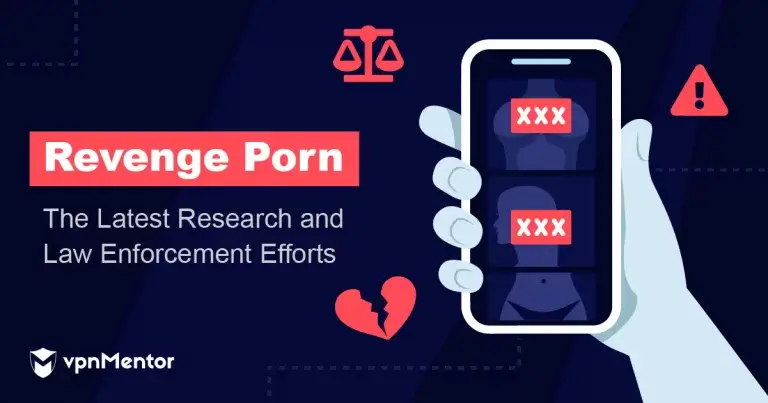
Overview
The studies provide us with plenty of evidence that, as online dating grows in popularity, the problem of intimate image abuse will continue to grow alongside this trend.
Aside from revenge, it appears that intimate image abuse is an increasingly common form of domestic abuse against current and former partners.
According to the first study:
Aside from partners, other perpetrators included “friends, acquaintances, former friends, family members, and co-workers.”
However, a significant number of respondents had their images or videos shared by strangers or unknown perpetrators:
Based on this, a worrying trend emerges.
While most revenge porn and intimate image abuse is the work of partners, it can also occur due to hacking.However, regardless of the origins, plenty of people who view revenge porn or receive it are happy to share it without considering the victim’s wellbeing - creating a ‘revenge porn chain.’
There is some support for this notion in one last statistic of interest: victims reported a mean of 1.26 perpetrators.
Key takeaways:
The most surprising results from both studies focus on gender.
Based on the data, it appears that men are much more likely to be both victims and perpetrators of intimate image abuse and revenge porn.
Men are 2-3 times more likely to commit revenge porn, and twice as likely to be victims.
In other words, people in relationships with men (bi-sexual and heterosexual women, LGBTQ+ men) are more vulnerable to victimization than those in relationships with women.
The two studies vary considerably when it comes to reporting incidents of intimate image abuse or seeking support.
In both cases, most victims did not seek any help after victimization.
For women, the most common reasons were “I was embarrassed” and “I was afraid.” Most men selected “It didn’t bother me” as the reason for not seeking help.
However, in Study 1, women were more likely to report, and in Study 2, men were more likely.
This disparity is probably the result of cultural differences between the study groups.
While the majority of respondents in both studies identified as heterosexual, LGBTQ+ groups were also represented. There are some shortcomings in the data, but it still reveals some crucial insights. For example:
Based on the two studies’ findings, we can speculate that lesbian and gay populations represent a minority of victims and perpetrators in the LGBT+ population. The largest majorities are in the bisexual groups - those who engage in sexual and romantic relationships with men.
Of course, we need more precise, more methodologically sound demographic research to confirm this.
Key takeaways:
Combined, the two studies surveyed people between the ages of 16-97. Their findings can be summarized as follows: